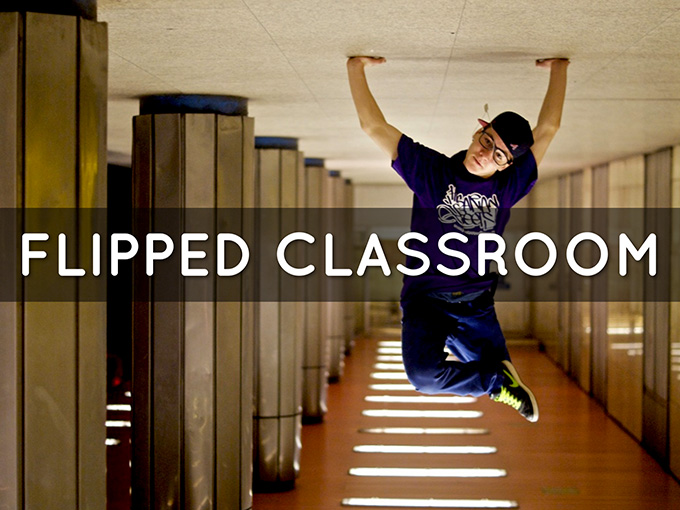 Have you ever had a presentation, whether it be at a business meeting or in a classroom that you could tell your audience was bored and was craving more interaction and communication? I experienced this and finally determined that it was not the students that needed to change, it was me. I have taught high school science courses for 13 years and I knew it was time to change how I was teaching my students. It was when I came to this realization that I first started looking at the flipped classroom model.
Have you ever had a presentation, whether it be at a business meeting or in a classroom that you could tell your audience was bored and was craving more interaction and communication? I experienced this and finally determined that it was not the students that needed to change, it was me. I have taught high school science courses for 13 years and I knew it was time to change how I was teaching my students. It was when I came to this realization that I first started looking at the flipped classroom model.
What is the flipped classroom model? At its core it is exactly what it sounds like. You take the “traditional” classroom model of direct instruction in the classroom and problem solving work at home and reverse it. In the flipped model the students watch a video about the content, be it a lecture or other videos giving information to the students. I have chosen to make my own videos so I know exactly what the students are learning. Also, students have told me they like hearing my voice because they have the connection with their teacher. When the students come to class they are working on many activities. Often, in my classroom, they begin with a chance to discuss the materials they watched in class and ask questions about the material. This question and answer session allows for me to encourage students to ask about what they don’t know and really makes each class its unique presentation because no two classes ever ask all of the same questions.
After the question and answer session there are as many different activities for the students to do as there are different teachers. The activities most teachers use are book work that was done at home, this way the students can be monitored and checked in class for problems they have with the work. Differentiated instruction activities can be done in these classes because students will be at different levels of understand and you can alter activities to the pace of your students. Also, in science classes like mine, lab activities can be done quicker and with a deeper level of understanding. The classroom components of the flipped classroom, like the traditional classroom, should be centered around the goals for the class and what you want the students to learn.
Some people think this is an easier way to teach, but I disagree. I have been flipping my classroom for two years and I feel like I know my students better now than I did before because I work with all of them on a daily basis. This constant communication and interaction with students is not easily done in a traditional classroom. Also, video creation is a time consuming process and, if your a perfectionist like me, can be an evolving process.
This model is an effective model for enhancing the in-class time your students have and allows you to really get to know your students and their academic abilities quicker than before. If this model interests you I encourage you to visit the following sites: http://www.edtechtips.org/


Pingback: EdTech: What Is A Flipped Classroom? | TechFast...
Pingback: Flippat klassrum | Pearltrees
Pingback: EdTech: What Is A Flipped Classroom? | TechFast...